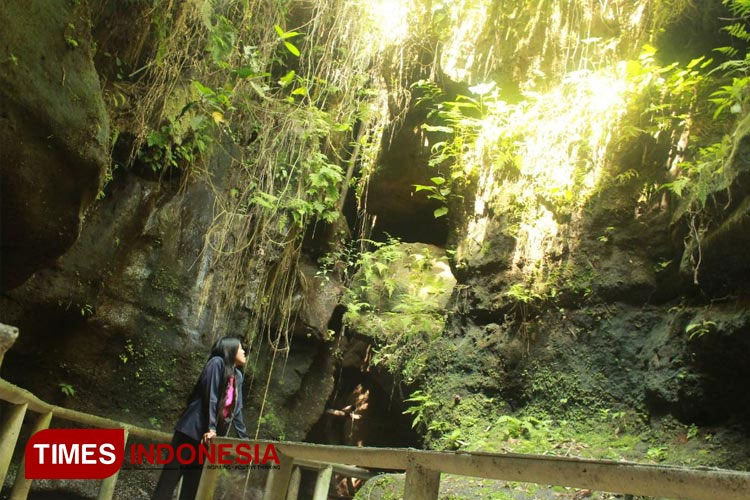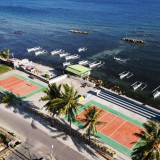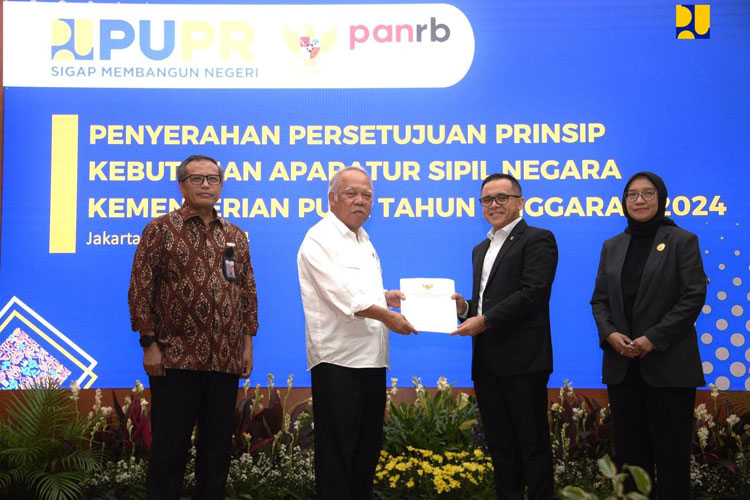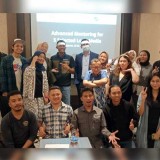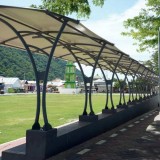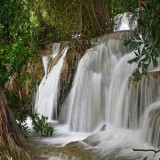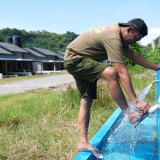TIMES SRAGEN, JAKARTA – Goa Jegles has emerged as a favorite destination for tourists visiting Kediri Regency. Situated in the village of Keling, Kepung District, Kediri Regency, this place boasts a unique charm.
To enter the cave, visitors are guided to descend a staircase leading underground. Once inside, tourists can marvel at the natural formations and large crevices on the cave ceiling. Some even liken these natural structures to the Grand Canyon in the United States.
"Several studies speculate that the cave was formed due to underground river activities. Some suggest it was formed due to volcanic activities, given the proximity to Mount Kelud. However, many also believe it was an ancient water channel formed through natural processes," explained Didin Saputro, the Manager of the Tourism Awareness Group in Keling Village.
The crevices in the cave ceiling allow sunlight to penetrate directly into the small lake within, illuminating Goa Jegles with a radiant glow. The small lake, with a depth equivalent to that of an adult's waist, offers an opportunity for visitors to wade and swim.
However, due to sediment accumulation at the lake bottom, wooden walkways have been constructed to facilitate visitors in enjoying the beauty of Goa Jegles. The lake is also home to colorful fish, adding to its allure.
"Visitors are invited to explore the beauty of the cave and learn about its history," added Didin.
Goa Jegles not only boasts natural beauty but also holds many stories. In the 1980s, the cave was a favorite spot for people to meditate, perform rituals, and even seek ancient relics.
"There are many stories from the 1980s when it was used for meditation and various rituals," explained Didin.
The history of Goa Jegles is believed to be closely linked to Trunojoyo, a figure from the 16th century. According to local folklore, Trunojoyo sought refuge in a region near Mount Kelud with numerous passages to evade his pursuers.
"The area with numerous passages is believed to be associated with this place," added Didin.
One piece of evidence supporting this claim is the presence of Sumber Gemuling (Tipped Well), located 1.5 km from the Jegles area, believed to be a well that was tipped over during Trunojoyo's war. Additionally, some of Trunojoyo's deputies are said to be buried in the Ngantang area of Malang Regency, approximately 28 km from Goa Jegles.
Didin mentioned that in the 14th century, during the late Majapahit era, ancient water installations were also discovered, indicating the importance of the Goa Jegles area during that period. This is further corroborated by records from the East Java Cultural Heritage Preservation Agency (BPCB Trowulan), which documented the discovery of ancient statues and pottery in the vicinity of Goa Jegles in the 1990s.
"Throughout history, there are interconnected narratives, highlighting the significance of this area," emphasized Didin.
The development of the cave into a tourist destination began in 2019. Starting with the initiative of local youth to create a tourist spot in Keling Village, efforts were made to clean up Goa Jegles and showcase its natural cave formations.
Near the entrance of Goa Jegles, traditional culinary festivals are often held on weekends, featuring various traditional foods such as cenil (a traditional snack) and corn rice.
Through its natural beauty and rich history, Goa Jegles invites visitors to embark on a journey of exploration and discovery, offering a glimpse into the mystical allure of Kediri's hidden gem. (*)
| Pewarta | : Imadudin Muhammad |
| Editor | : Khodijah Siti |
